Beginner’s Guide to Adventure Sports Travel
Introduction
Contents
- 1 Introduction
- 2 Which Adventure Sport Matches Your Profile?
- 3 Your Top Adventure Sport Matches
- 4 Safety First, Adventure Always
- 5 Most Accessible Adventure Sports for First-Timers
- 6 Essential Safety Considerations for Adventure Sports Travel
- 7 Interactive Gear Selector
- 8 Top Destinations for Beginner Adventure Travelers
- 9 Plan Your Adventure Trip
Standing at the edge of a cliff with a paraglider ready to catch the wind, paddling toward your first challenging rapid, or strapping into a snowboard at the top of a beginner slope – these moments combine exhilaration with a touch of anxiety that every adventure sports newcomer recognizes. If you’re drawn to the thrill of active travel but unsure where to begin, you’ve found your starting point. Adventure sports travel isn’t just for adrenaline junkies or extreme athletes.
With proper guidance, preparation, and destination selection, even complete beginners can safely experience the rush of outdoor adventure while exploring breathtaking landscapes around the world. Whether you’re seeking an activity-centered vacation or looking to add excitement to your traditional travel experiences, adventure sports offer a unique way to connect with both nature and yourself.
This comprehensive guide draws from interviews with certified instructors, experienced tour operators, and once-nervous beginners who now regularly plan adventure-focused trips. We’ve distilled their collective wisdom, addressing common concerns and answering the questions you might not even know to ask yet. From selecting your first adventure sport based on your personal preferences to packing appropriate gear, finding beginner-friendly destinations, and booking reputable guides – we’ve created a roadmap that transforms the overwhelming into the achievable. You’ll discover which activities offer the gentlest learning curves, destinations where beginners are genuinely welcomed, and practical strategies to maximize enjoyment while minimizing risk. Adventure travel combines the best of both worlds: the thrill of challenging yourself physically and mentally, while experiencing destinations from perspectives that traditional tourists never see. By the end of this guide, you’ll have the confidence and knowledge to take that first leap, paddle, or climb into the exciting world of adventure sports travel.
What Are Adventure Sports?
What Are Adventure Sports?
Adventure sports represent a diverse category of physical activities characterized by a certain degree of risk, challenge, and interaction with the natural environment. Unlike traditional sports played on courts or fields, adventure sports typically take place in natural settings – mountains, oceans, rivers, canyons, and skies – where unpredictable elements add both complexity and appeal. What unites these activities is their emphasis on personal challenge, skill development, and a deeper connection with natural surroundings.
The spectrum of adventure sports spans various environments and skill levels, generally categorized by the element they primarily engage with:
Water-Based Adventure Sports harness rivers, oceans, and lakes as their playground. These include surfing, where you ride ocean waves on a board; white water rafting and kayaking, navigating turbulent river rapids; scuba diving and snorkeling, exploring underwater ecosystems; and newer activities like stand-up paddleboarding, which can range from serene lake paddling to challenging ocean surf.
Mountain and Land-Based Adventure Sports utilize terrain features for challenge and excitement. Mountain biking takes riders across varied landscapes from forest trails to rocky descents; rock climbing and bouldering test strength and problem-solving on natural and artificial walls; hiking and trekking range from gentle walks to multi-day expeditions; while caving explores underground formations and passages.
Aerial Adventure Sports offer perhaps the ultimate thrill, defying gravity through technical equipment and skill. Paragliding and hang gliding allow humans to soar on thermal updrafts; zip-lining sends participants speeding through forest canopies; while skydiving and bungee jumping create controlled free-fall experiences.
Winter Adventure Sports transform snow and ice into seasonal playgrounds through skiing, snowboarding, snowshoeing, and ice climbing.
For travelers, adventure sports deliver benefits extending far beyond the adrenaline rush. Physically, they build strength, endurance, balance, and coordination through full-body engagement. Mentally, they develop focus, problem-solving skills, and resilience while often reducing stress and anxiety through intense presence in the moment. Experientially, they create access to breathtaking locations and perspectives unavailable to conventional travelers – the hidden cove reached only by kayak, the mountain summit earned through your own effort, or the bird’s-eye view of landscape reserved for those willing to paraglide.
Many beginners hesitate to try adventure sports due to persistent misconceptions. Contrary to popular belief, most adventure activities offer gradual progression paths suitable for all fitness levels, not just elite athletes. While risk exists, modern equipment, professional instruction, and established safety protocols have made adventure sports remarkably safe for beginners who take appropriate precautions. And perhaps most importantly, the “adventure” aspect is scalable – you decide your challenge level, with many sports offering mild introductory experiences that can be gradually intensified as skills and confidence grow.
Which Adventure Sport Matches Your Profile?
Your Top Adventure Sport Matches
Read our blogpost full of tips about how to Choose Your First Adventure Sport Based on Fitness Level and Interests
Safety First, Adventure Always
Personal Risk Assessment Tool
Evaluate your readiness for your next adventure:
Your Risk Assessment:
Universal Safety Principles
- Research before you go
- Never go alone
- Check equipment thoroughly
- Know your limits
- Follow local regulations
- Stay weather-aware
- Communicate your plans
Risk Assessment
- Understand activity-specific risks
- Assess environmental factors
- Evaluate personal factors
- Use the "step-up" approach
Training & Certification
- Foundational courses
- Location-specific instruction
- Certification value
- Refresh regularly
Insurance Considerations
- Activity coverage
- Medical evacuation
- Equipment protection
- Cancellation protection
- Liability coverage
Emergency Planning
- Learn basic first aid
- Carry essential safety items
- Know local emergency contacts
- Create an emergency action plan
- Recognize early warning signs
Pre-Adventure Checklist
Use this interactive checklist before your next adventure:
Universal Safety Principles
Regardless of whether you're hitting the waves for surfing or scaling a rock face, certain safety practices apply across all adventure sports:
- Research before you go: Learn about the specific challenges and dangers of your chosen activity and location.
- Never go alone: Especially as a beginner, always have a buddy or join a guided group.
- Check equipment thoroughly: Inspect all gear before use, even rental equipment.
- Know your limits: Be honest about your fitness level and technical abilities.
- Follow local regulations: Adhere to all area-specific rules and restrictions.
- Stay weather-aware: Monitor conditions regularly and understand how weather affects your activity.
- Communicate your plans: Always inform someone not in your group about your itinerary and expected return.
Risk Assessment
Learning to evaluate risk is a crucial skill for adventure travelers:
- Understand activity-specific risks: Each sport has unique hazards—from avalanche dangers in backcountry skiing to current risks in whitewater rafting.
- Assess environmental factors: Consider terrain, wildlife, remoteness, and weather patterns.
- Evaluate personal factors: Honestly assess your experience, physical condition, and comfort with heights, water, or other elements.
- Use the "step-up" approach: Gradually increase difficulty rather than jumping straight to advanced challenges.
When weighing a potential adventure, ask yourself: "Do I have the necessary skills, knowledge, and equipment to handle reasonable emergencies in this situation?" If the answer is no, consider additional training or choosing a more suitable activity.
Training & Certification
Professional instruction isn't just for beginners—it's essential for safety at all levels:
- Foundational courses: Start with basic skills training before attempting any adventure sport independently.
- Location-specific instruction: Even experienced practitioners should seek local guidance when visiting new environments.
- Certification value: Many sports offer progressive certification levels (like PADI for diving or AMGA for climbing) that validate your skills and knowledge.
- Refresh regularly: Skills deteriorate over time—schedule refresher courses if you haven't practiced recently.
Even a short session with a qualified instructor can provide critical safety information that generic online resources might miss.
Insurance Considerations
Standard travel insurance often excludes adventure sports, leaving you vulnerable to massive medical bills if something goes wrong:
- Activity coverage: Ensure your policy specifically covers your planned activities.
- Medical evacuation: This critical coverage is especially important in remote locations.
- Equipment protection: Consider policies that cover expensive gear.
- Cancellation protection: Weather often impacts adventure sports—look for policies covering weather-related cancellations.
- Liability coverage: Some activities may require additional liability insurance.
Remember to disclose all planned activities honestly when purchasing insurance—undisclosed activities can void your entire policy.
Emergency Planning
Even with perfect preparation, emergencies can happen. Be prepared by:
- Learning basic first aid: Take a wilderness first aid course before remote adventures.
- Carrying essential safety items: Pack a first aid kit, emergency communication device, extra supplies, and appropriate emergency gear for your activity.
- Knowing local emergency contacts: Research the nearest medical facilities and local emergency numbers.
- Creating an emergency action plan: Establish clear procedures with your group for various scenarios.
- Recognizing early warning signs: Learn to identify signs of altitude sickness, hypothermia, heat exhaustion, and other common outdoor emergencies.
The best emergency plan is preventative: trust your instincts, and never hesitate to turn back if conditions feel unsafe.
Most Accessible Adventure Sports for First-Timers
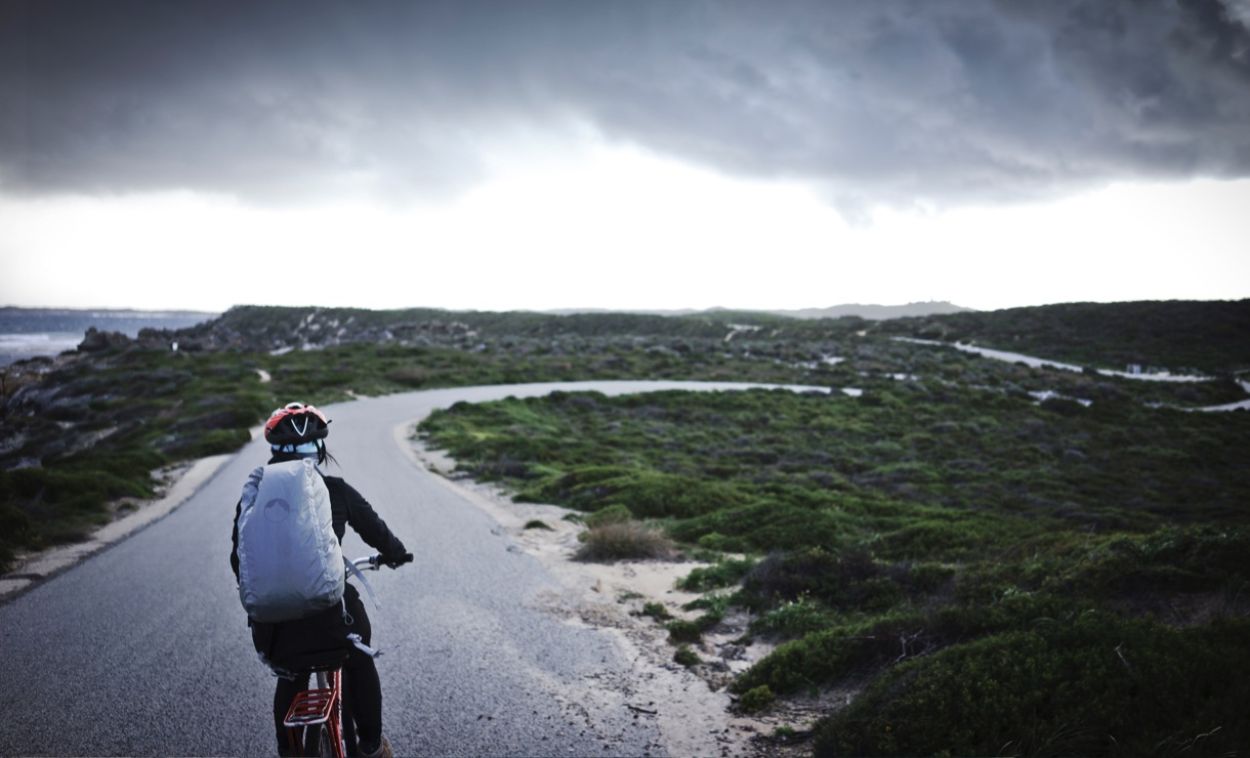
Progression Pathways: Growing Your Adventure Skills
As Trevor Jones, certified adventure sports instructor with 15 years of experience, explains: "The most successful adventure athletes started with accessible entry points and progressed methodically. Someone beginning with flat-water kayaking naturally advances to moving rivers, then gentle rapids, building confidence and skills incrementally rather than jumping immediately to challenging white water."
Natural progression pathways emerge across adventure disciplines:
- From hiking to scrambling to technical mountaineering
- From indoor climbing to outdoor sport climbing to traditional climbing
- From snorkeling to freediving to scuba certification
- From calm-water paddleboarding to SUP surfing to wave surfing
"The perfect starter sport creates early success while hinting at future possibilities," notes Emma Rodriguez, adventure tour operator specializing in beginner experiences. "When clients experience genuine achievement in their first adventure – standing on their first paddleboard, reaching their first summit, or floating down their first rapid – they develop the confidence to progress. The specific sport matters less than finding one where they can experience that initial success."
Essential Safety Considerations for Adventure Sports Travel
Safety Considerations
Adventure sports offer incredible thrills and unforgettable experiences, but they do involve inherent risks that every beginner should understand and prepare for. Prioritizing safety doesn't diminish the excitement—it ensures you can enjoy many adventures for years to come. Read our blogpost full of safety considerations for beginner adventure travellers
Universal Safety Principles
Regardless of whether you're hitting the waves for surfing or scaling a rock face, certain safety practices apply across all adventure sports:
- Research before you go: Learn about the specific challenges and dangers of your chosen activity and location.
- Never go alone: Especially as a beginner, always have a buddy or join a guided group.
- Check equipment thoroughly: Inspect all gear before use, even rental equipment.
- Know your limits: Be honest about your fitness level and technical abilities.
- Follow local regulations: Adhere to all area-specific rules and restrictions.
- Stay weather-aware: Monitor conditions regularly and understand how weather affects your activity.
Communicate your plans: Always inform someone not in your group about your itinerary and expected return.
Insurance Considerations
Standard travel insurance often excludes adventure sports, leaving you vulnerable to massive medical bills if something goes wrong:
- Activity coverage: Ensure your policy specifically covers your planned activities.
- Medical evacuation: This critical coverage is especially important in remote locations.
- Equipment protection: Consider policies that cover expensive gear.
- Cancellation protection: Weather often impacts adventure sports—look for policies covering weather-related cancellations.
- Liability coverage: Some activities may require additional liability insurance.
Remember to disclose all planned activities honestly when purchasing insurance—undisclosed activities can void your entire policy.
Risk Assessment
Learning to evaluate risk is a crucial skill for adventure travelers:
- Understand activity-specific risks: Each sport has unique hazards—from avalanche dangers in backcountry skiing to current risks in whitewater rafting.
- Assess environmental factors: Consider terrain, wildlife, remoteness, and weather patterns.
- Evaluate personal factors: Honestly assess your experience, physical condition, and comfort with heights, water, or other elements.
- Use the "step-up" approach: Gradually increase difficulty rather than jumping straight to advanced challenges.
When weighing a potential adventure, ask yourself: "Do I have the necessary skills, knowledge, and equipment to handle reasonable emergencies in this situation?" If the answer is no, consider additional training or choosing a more suitable activity
Training & Certification
Professional instruction isn't just for beginners—it's essential for safety at all levels:
- Foundational courses: Start with basic skills training before attempting any adventure sport independently.
- Location-specific instruction: Even experienced practitioners should seek local guidance when visiting new environments.
- Certification value: Many sports offer progressive certification levels (like PADI for diving or AMGA for climbing) that validate your skills and knowledge.
- Refresh regularly: Skills deteriorate over time—schedule refresher courses if you haven't practiced recently.
Even a short session with a qualified instructor can provide critical safety information that generic online resources might miss.
Emergency Planning
Even with perfect preparation, emergencies can happen. Be prepared by:
- Learning basic first aid: Take a wilderness first aid course before remote adventures.
- Carrying essential safety items: Pack a first aid kit, emergency communication device, extra supplies, and appropriate emergency gear for your activity.
- Knowing local emergency contacts: Research the nearest medical facilities and local emergency numbers.
- Creating an emergency action plan: Establish clear procedures with your group for various scenarios.
- Recognizing early warning signs: Learn to identify signs of altitude sickness, hypothermia, heat exhaustion, and other common outdoor emergencies.
The best emergency plan is preventative: trust your instincts, and never hesitate to turn back if conditions feel unsafe.
By embracing these safety considerations, you'll build a solid foundation for your adventure sports journey while minimizing unnecessary risks. Remember that respecting safety isn't being overly cautious—it's the approach that allows you to progress confidently and enjoy a lifetime of adventure.
Interactive Gear Selector
Find the right gear for your adventure
Answer a few questions to get personalized gear recommendations for your next adventure sport.
Your Personalized Gear Recommendations
-
-
Recommendations Based on Your Profile:
-
Smart Packing Tips:
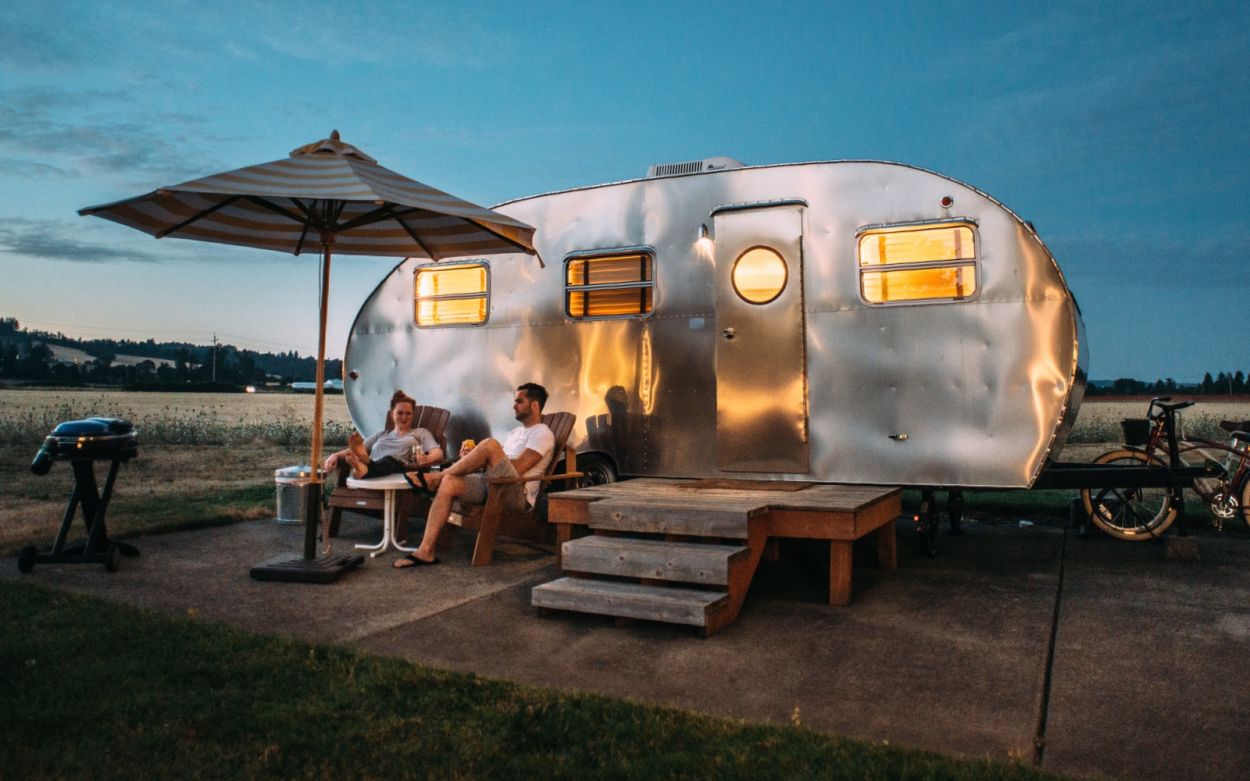
Top Destinations for Beginner Adventure Travelers
Choosing the right destination can make or break your first adventure sports experience. The ideal beginner-friendly location offers a blend of accessibility, safety, infrastructure, and appropriate challenge levels. Whether you're looking to surf gentle waves, hike well-marked trails, or try your hand at beginner-friendly rock climbing, these destinations provide the perfect launching pad for your adventure sports journey.
What Makes a Destination Beginner-Friendly
When evaluating destinations for your first adventure trip, look for these key features:
- Established instruction infrastructure: Available certified guides and schools with beginner-specific programs
- Graduated difficulty options: Opportunities to progress from very basic to slightly more challenging within the same area
- Safety resources: Nearby medical facilities, rescue services, and well-maintained equipment
- Supportive adventure community: Locations known for welcoming newcomers rather than intimidating "locals-only" scenes
- Reliable conditions: Consistent weather patterns and predictable conditions reduce unexpected challenges
- Good transportation access: Easy transfers from major airports without complex logistics
- English or widely-spoken languages: Communication barriers can complicate safety-critical instructions
- Value for investment: Places where your learning experience won't break the bank
When these elements come together, you can focus on enjoying and developing your skills rather than navigating logistical challenges.
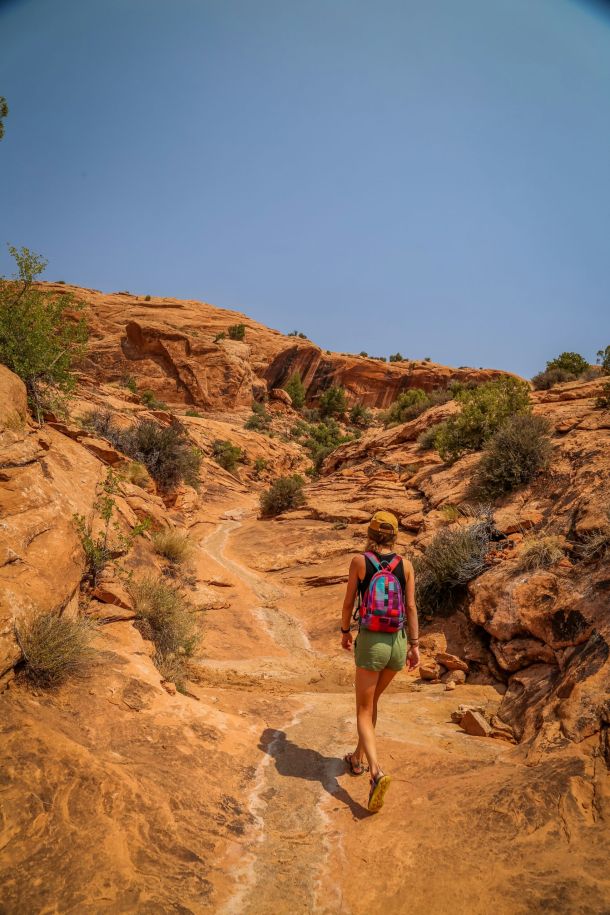
Moab, Utah (USA)
This desert adventure hub offers beginner-friendly mountain biking trails (Bar M Loop), accessible hiking in Arches National Park, and introductory canyoneering opportunities. The established outdoor community provides numerous guide services catering specifically to beginners.
Mountain Biking/Hiking
Spring (April-May) and fall (September-October) provide ideal temperatures; avoid summer when extreme heat creates additional challenges and safety concerns
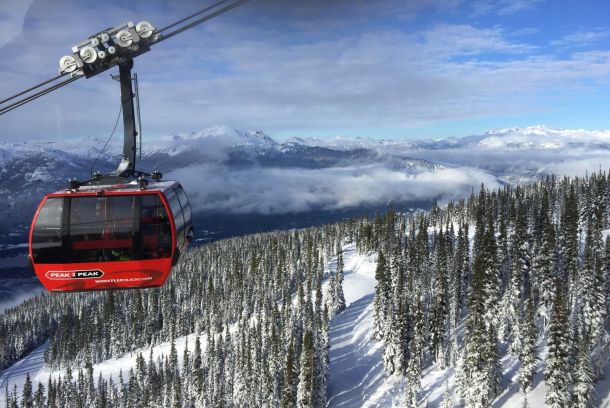
Whistler, British Columbia (Canada)
While known for extreme sports, Whistler excels at beginner experiences with excellent instruction for first-time mountain bikers (Lost Lake trails), well-developed hiking networks, and gentle whitewater options on the River of Golden Dreams. The purpose-built infrastructure makes learning new skills easier and safer.
Mountain Biking
Mid-summer through early fall (July-September) provides the most reliable conditions and full operation of beginner-friendly bike park features.
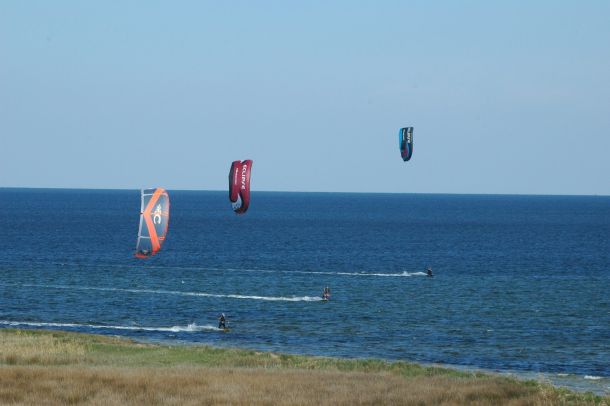
Outer Banks, North Carolina (USA)
With consistent, gentle beach breaks, warm water, and numerous surf schools, this is an ideal learn-to-surf destination. The wide beaches provide plenty of space for beginners to practice without crowding, and the small towns offer affordable accommodation options.
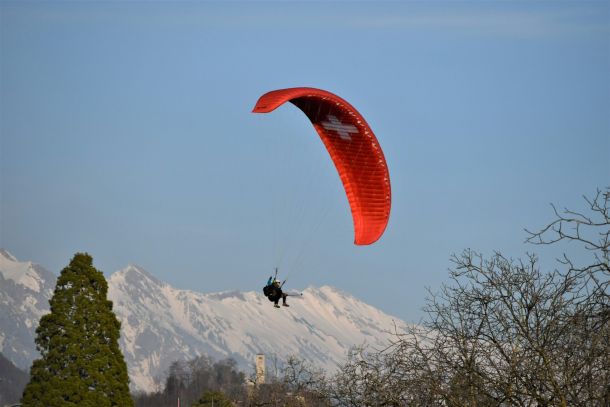
Interlaken, Switzerland
The Swiss adventure capital caters brilliantly to beginners with professional paragliding tandem flights, gentle hiking trails around Lake Brienz, and introductory canyoning experiences. While Switzerland isn't budget-friendly, the quality of instruction and safety standards are unmatched.
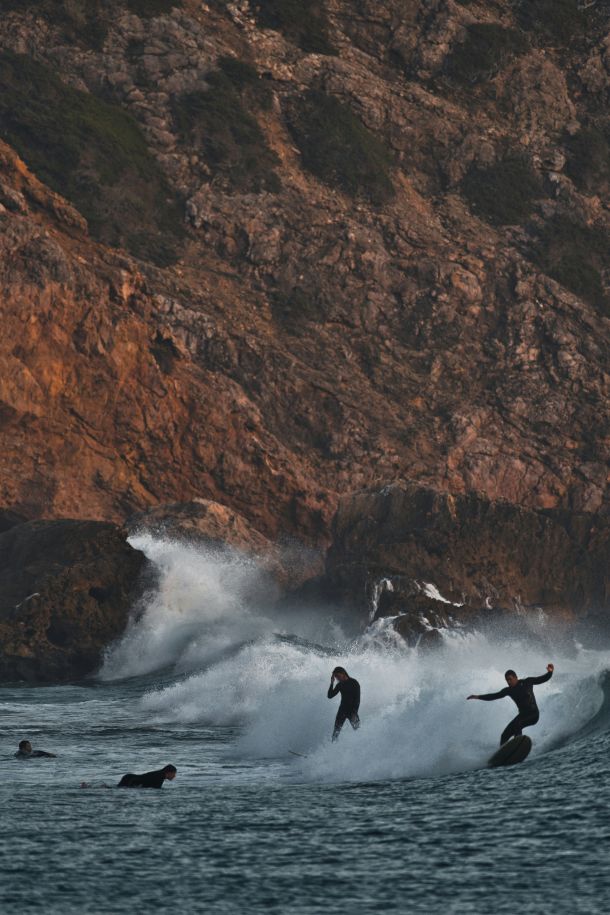
Algarve, Portugal
Perfect for novice surfers with year-round waves suitable for learning, affordable surf camps, and warm water. The region also offers sea kayaking along the dramatic coastline and hiking trails suitable for beginners, all with lower price points than other European destinations.
Summer (June-August) offers smaller waves and warmer water, ideal for first-timers, while still providing enough challenge for progression.
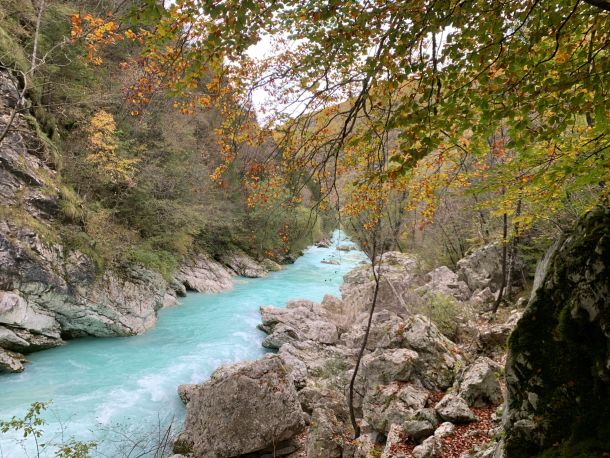
Lake Bled, Slovenia
This emerging adventure hub offers tremendous value with hiking in Triglav National Park, beginner-friendly rock climbing areas, and introductory white water rafting on the Sava River. Slovenia delivers Alpine experiences at a fraction of the cost of neighboring countries.
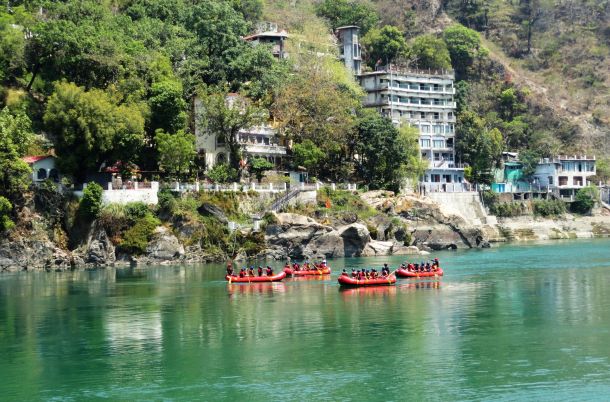
Rishikesh, India
Beyond its yoga reputation, Rishikesh offers beginner-friendly white water rafting on the Ganges River, accessible trekking in the Himalayan foothills, and developing mountain biking trails. The extremely budget-friendly pricing makes it ideal for extended learning periods.
Rafting
Post-monsoon season (September-November) offers the perfect balance of exciting water levels while remaining appropriate for beginners.
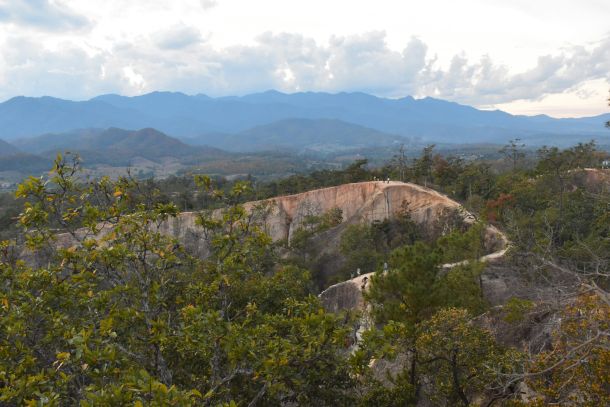
Pai, Thailand
This northern Thai town features gentle jungle trekking, beginner-friendly mountain biking, and introductory white water experiences during the right season. The laid-back atmosphere, extremely affordable accommodation, and well-established tourist infrastructure make it perfect for first-time adventure travelers.
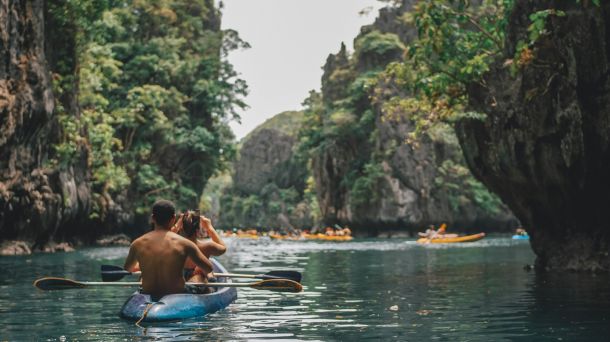
El Nido, Palawan (Philippines)
Ideal for beginner sea kayakers, snorkelers, and scuba divers with its protected bays, crystal waters, and abundant marine life. The developed tourism scene ensures plenty of instruction options while maintaining reasonable prices.
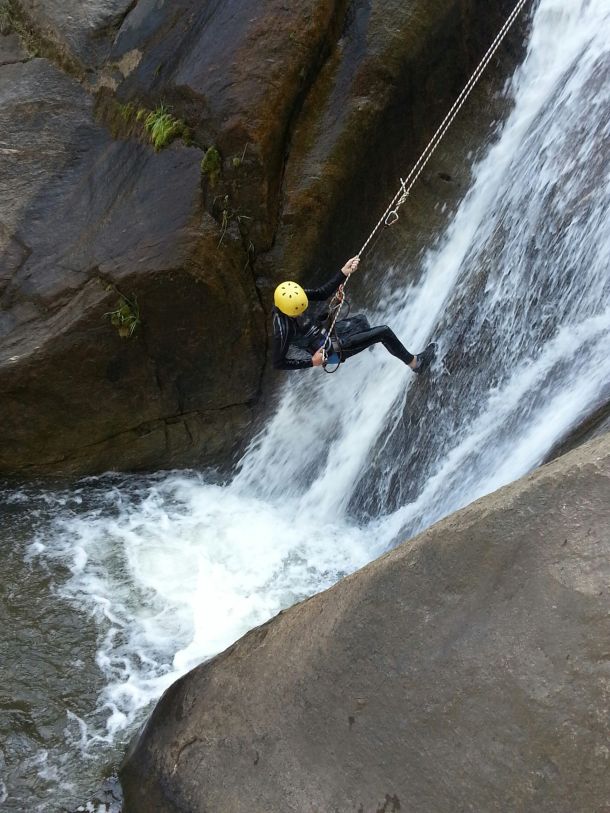
Baños, Ecuador
This adventure town offers beginning canyoning, gentle mountain biking routes, accessible hiking to waterfalls, and affordable rafting excursions. Its compact size means multiple activities are available without complex transportation, and its position on the backpacker trail ensures budget-friendly options.
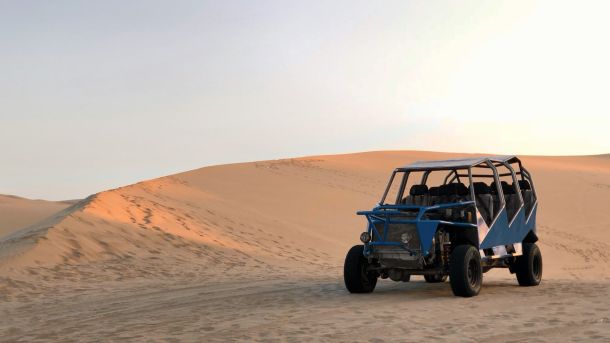
Huacachina, Peru
Try beginner sandboarding and dune buggying in this desert oasis—activities with short learning curves that provide immediate thrills without extensive technical skills. The small size of the destination makes it manageable for first-time adventure travelers.
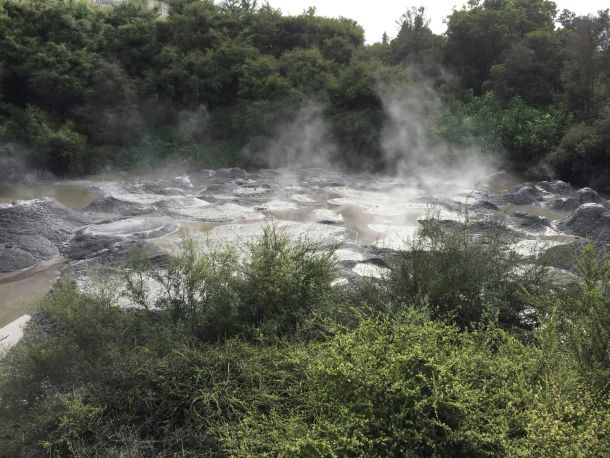
Rotorua, New Zealand
With purpose-built mountain bike trails for all levels (Whakarewarewa Forest), accessible hiking, and beginner-friendly rafting and kayaking options, Rotorua excels for new adventure sports enthusiasts. While not the cheapest destination, the quality of facilities and instruction justifies the investment.
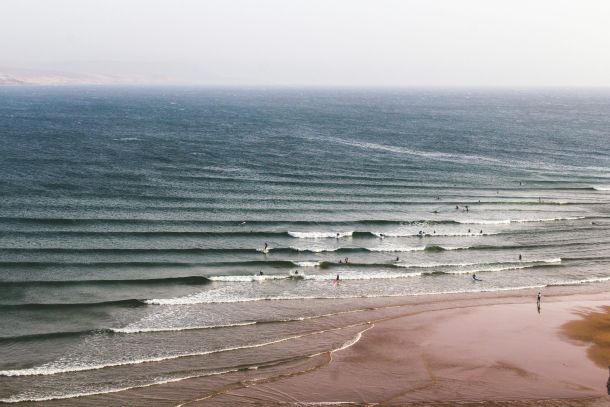
Taghazout, Morocco
This laid-back coastal town offers ideal learning conditions for surfing with gentle point breaks, numerous affordable surf camps with quality instruction, and year-round good weather. The budget-friendly pricing makes extended learning stays possible.

Queenstown, New Zealand
While known for extreme sports, Queenstown offers accessible biking on the Queenstown Trail, beginner-friendly hiking, introductory paragliding, jet boating, and easy kayaking on Lake Wakatipu—all with excellent instruction infrastructure.

Pokhara, Nepal
Try paragliding over Lake Phewa, entry-level trekking on short Annapurna routes, mountain biking on gentle terrain, and kayaking on the lake—all with remarkably affordable pricing and established guide services.
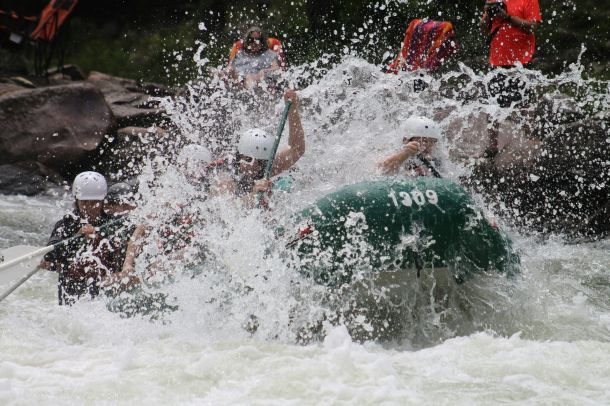
San Gil, Colombia
This emerging adventure hub offers beginner-appropriate white water rafting, waterfall rappelling, cave exploration, paragliding, and mountain biking all within a compact area and at very reasonable prices.
Accommodation Tips for Adventure Hubs
Strategic accommodation choices enhance your adventure experience while often saving money:
Adventure Hostels - Properties like Balmers Adventure Hostel in Interlaken or The Flying Pig in Queenstown cater specifically to adventure travelers, offering activity bookings, equipment storage, and connections with like-minded travelers.
Base-Camp Style Lodges - Places like the Earth Lodge near Antigua, Guatemala provide affordable rooms, on-site activities, and transportation to nearby adventure spots.
Adventure Tour Company Accommodations - Many companies like Maderas Village in Nicaragua offer packages combining lodging with daily activities at better rates than purchasing separately.
Strategic Location Considerations - In mountain biking destinations, staying near trail access points saves on transportation costs and time. For surfing, beachfront accommodations mean more water time and less carrying gear.
When booking accommodation, prioritize properties that offer:
- Secure equipment storage
- Washing facilities for gear
- Transportation to activity sites
- Connections to reputable guides and instructors
- Fellow adventure travelers for potential partnerships
The right beginner-friendly adventure destination combines appropriate challenges, quality instruction, reasonable prices, and supportive infrastructure—allowing you to focus on developing new skills rather than overcoming logistical obstacles. By choosing destinations known for welcoming newcomers, you'll set yourself up for successful first experiences that build confidence for more advanced adventures in the future.

Plan Your Adventure Trip
Your Adventure Planning Progress
6-12 Months Before
Early Planning Phase
3-6 Months Before
Booking Phase
1-3 Months Before
Preparation Phase
2-4 Weeks Before
Final Countdown





